Upgrade your Home Comfort with a Zoning System
RESIDENTIAL SERVICESOne room too hot while another is too cold?
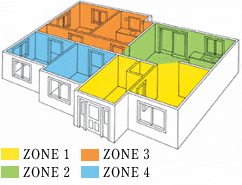
What is Zoning?
Zoning uses automatic zone dampers that are placed in your ducts to control airflow to certain rooms or zones of your home or office. Each damper is controlled by its own thermostat, making controlling your heating & cooling as simple as it is to control your lights.
Think about how you have a light switch for every room of the house, but typically only one thermostat. What costs more to operate, lighting or your HVAC System? On average HVAC is 55-65% of your monthly utility bill. Imagine being able to reduce this part of your utility bill 30% with zoning.
Zoning Solutions
- Whole-House Zoning System
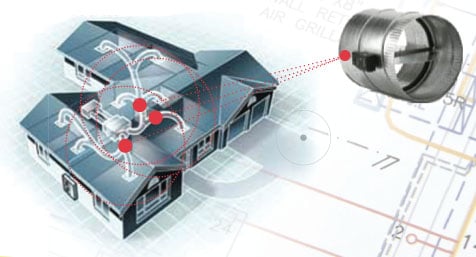
Comfort and Convenience.
Zoning allows you to precisely control the temperature in distinct areas of your home by placing a thermostat in each room (or zone). In most homes, you will find only one thermostat controlling the temperature for the entire house. That thermostat is usually located in a hallway and will keep the hallway at the temperature you set, but what about the rest of the house? Other areas of the home fluctuate from too hot to too cold because they are controlled by the hallway thermostat. Adding a zoning system allows a thermostat in each room (or zone) for individual temperature control and convenience. It also allows you to shut off unoccupied rooms, saving on energy.
How They Work
Zoning is a simple product and concept. As you have no doubt realized by now that zoning provides the ability to only condition those rooms that need heating or cooling and does not allow conditioned air into those zones not requiring it.
Zoning does this through a series of components. The first being motorized dampers that open and close based on the demands of the zone thermostats. These dampers insert into the ducts or can be installed at the air outlet for each room or zone. Multiple dampers can be controlled together for a single zone if multiple ducts serve a single room or zone.
The next key components are the zone thermostats. Most zoning systems use any standard heating and cooling thermostat. In existing homes the existing thermostat can be used as a zone thermostat. As each zone is divided, each zone uses a thermostat to control the heating, cooling and fan operation for its individual zone.
The last component is the zoning panel. The zone thermostats and dampers are wired into this central control panel. This panel requires a separate 24 Volt transformer to power the panel, dampers and thermostats. The panel then also connects to the thermostat connections on the HVAC Unit. Instead of using one central thermostat, the new zone control panel allows the unit to be controlled by multiple thermostats.
In some instances a separate by-pass damper is installed to relieve any excess air from zones that are open and maybe too small to handle the full capacity of the blower. This air is typically by-passed into the return air duct or into a common area such as a hallway. When air is by-passed into the return air duct capacity controls for both the heating and cooling are also used to prevent overheating or overcooling in the unit.
Fresh Air Ventilation ERV
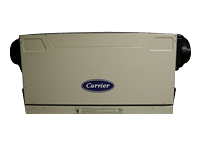
Today’s homes eliminate nearly all wasteful air leaks, helping to control energy costs. Because homes are air-tight, pollutants are trapped indoors. The health hazards from indoor air pollutants are broadly recognized as one of today’s top environmental hazards.
Air Cleaners
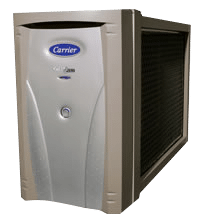
Study after study shows that as homes become tighter and more energy-efficient, more contaminants become trapped inside. The air we breathe in our homes is loaded with pollutants like pollen, lung-damaging dust, pet hair, dander, dust mites, tobacco smoke, spores, disease-causing bacteria, and viruses.
Humidifiers
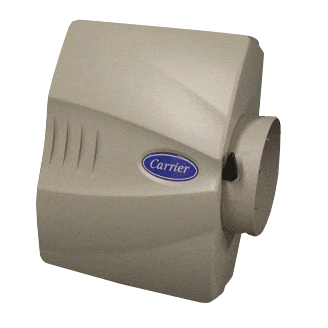
According to medical experts, many viruses thrive in low humidity – increasing the likelihood of catching colds, flu and upper respiratory ailments. The American Society of Otolaryngology even reports that it is important to prevent an overly dry environment because it makes people more susceptible to infection.
Whole House Dehumidifiers
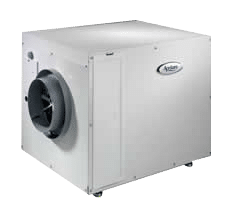
Central dehumidifiers pull air from every room in your home and remove the moisture and then sends dry air back throughout your heating ducts. It works in conjunction with your air conditioner to efficiently balance the humidity levels in your home.





